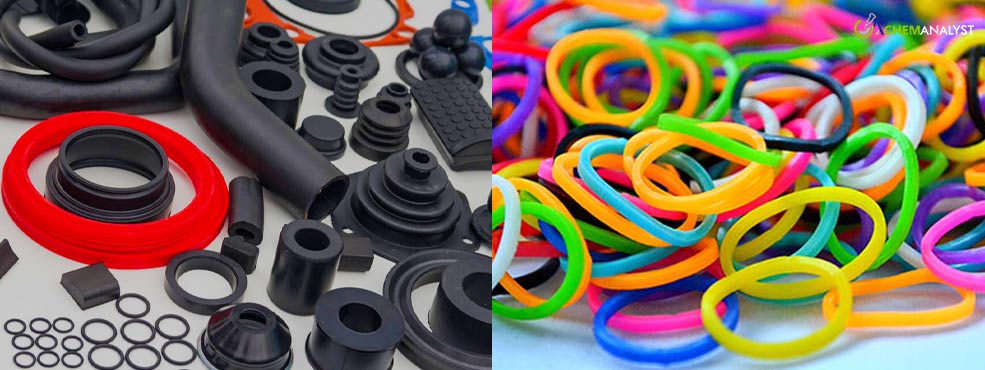European SBR Prices Hold Steady Amidst Increased Demand and Supply Chain Strain
- 26-Feb-2024 3:31 PM
- Journalist:
SBR prices in the European market continue to remain stable amidst increased sales in the tyre and automotive industries, while posing a potential incline in coming weeks. Key factors influencing the final prices of SBR include Styrene and Butadiene, the monomers necessary for SBR polymerization. Additionally, the dynamics of SBR prices usually influenced by imports from the Asian market to Europe. As a result, the demand-supply chain for SBR in Europe is under strain, exacerbated by geopolitical tensions affecting global trade routes and shipping costs. SBR price quotations reached USD 1610 per metric ton, FD Wuppertal, for the week ending February 23rd, 2024.
However, at the same time, passenger car deliveries in Europe increased by 11 percent in January as automakers like Volkswagen Group and Stellantis capitalized on order backlogs and a rebound in demand for electric vehicles, tyres, and rubber industries. According to data from the European Automobile Manufacturers’ Association, new-vehicle registrations increased inclusive of Battery electric vehicles accounted for 12 percent of total deliveries, reflecting automakers' efforts to stimulate buying amid intense price competition. Despite strong order books, returning to pre-pandemic levels is expected to become more difficult this year. Economic slowdowns in Germany, the U.K., and France which are Europe's three largest car markets—have heightened consumer concerns, particularly regarding high borrowing SBR costs.
Relaxing the SBR retailers and the end-use consuming manufacturing units, the European gas prices have dropped to their lowest point in two years, suggesting that the region's energy crisis might be easing. High energy prices have been challenging for the rubber manufacturers including the SBR operations, as they lead to increased costs for heating and production, which can drive up the prices of goods and services. This situation arose when the conflict in Europe disrupted Russia's gas supply to the region. Adding to these facets, the disturbance in shipping operations is anticipated to bring about alterations in supply chain dynamics, potentially resulting in changes in the transportation of goods within Asia.
Bridgestone experienced a 62% decrease in operating profit in Europe, Russia, the Middle East, India, and Africa, despite a 4% increase in sales. The decline was mainly due to a significant drop in unit sales of replacement tyres for passenger cars and small trucks, as well as for trucks and buses, compared to the previous fiscal year. Demand for truck and bus tyres remained weak, leading to a substantial impact on SBR sales.
To address these challenges, Bridgestone implemented strategic price management and reduced operations in low-profitability areas, particularly for replacement tyres for passenger cars. Although there was a price improvement, the company faced significant cost increases due to inflation and had to adjust production in response to lower sales volumes. As per ChemAnalyst, the forecast indicates that prices for SBR (Styrene Butadiene Rubber) are expected to gain an incline in coming weeks, with a predicted increase in strength in the following quarters.


